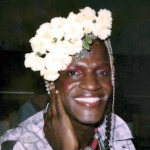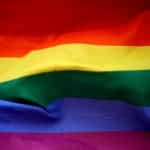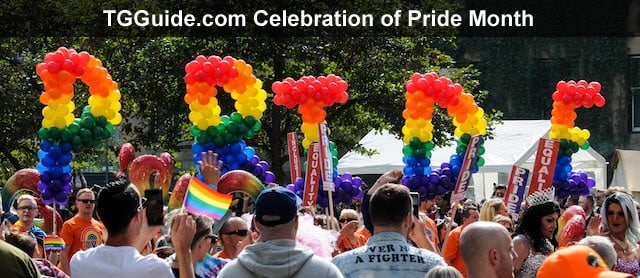Pride Month Celebrates LGBTQ+ Identity and Progress
What is Pride Month?

Through a series of events, parades, and initiatives, Pride Month serves as a platform for fostering social awareness and advancing the cause of LGBTQ+ rights.
When is Pride Month?
The celebration of Pride Month takes place in June, commemorating a pivotal moment in LGBTQ+ history. The Stonewall riots, which occurred at the end of June 1969, marked a significant turning point in the fight for gay rights. These demonstrations, led by LGBTQ+ individuals against a police raid that took place at the Stonewall Inn in Greenwich Village, New York City, sparked the modern LGBTQ+ rights movement.
Pride Month in Other Countries
Pride Month is observed in many countries around the world, even though it began in the United States. The global spread of Pride Month and its celebrations are a testament to the international progress toward LGBTQ+ rights and acceptance. While June is generally recognized as Pride Month worldwide, due to its historical significance stemming from the Stonewall riots, the actual dates of Pride events may vary from country to country, and even city to city. Some countries celebrate Pride at different times of the year, often related to significant events in their own history of LGBTQ+ rights.

In Canada, Toronto Pride is a month-long celebration in June, similar to the U.S. model. Europe’s largest Pride event, Madrid Pride in Spain, usually starts at the end of June and extends into the first week of July. In India, most Pride parades take place between November and February, with dates varying between cities.
More Advocacy is Needed
Unfortunately, not all countries are safe or welcoming spaces for Pride celebrations due to legal restrictions or societal attitudes toward the LGBTQ+ community. In many parts of the world, activism, and advocacy are still crucial for LGBTQ+ rights.
The History of Pride Month and Its Pioneers
The first Pride March occurred one year after the Stonewall riots, on June 28, 1970, as a form of protest and a cry for equality. The march was a monumental event and marked the beginning of organized LGBTQ+ activism. Several important figures played significant roles in getting the movement started.

Another pivotal figure was Harvey Milk, one of the first openly gay officials in the United States. Milk won a seat on the San Francisco City Council in 1977 and, through his activism and public service, was instrumental in pushing for LGBTQ+ rights.
Symbol of Pride

From top to bottom, the colors of the Pride Flag are: red for life, orange for healing, yellow for sunlight, green for nature, blue for harmony, and violet for spirit.
Transgender People are Integral

The month acknowledges the particular challenges and discrimination faced by transgender individuals. These challenges include legal rights, healthcare, and social acceptance. Through their courage and determination, transgender activists continue to drive change, promote understanding, and champion acceptance. TGGuide.com exists to provide resources and support for transgender people.
How Straight Allies Can Help

Pride Month is more than a celebration. It is a reflection of the strides taken in the quest for equality and the challenges that remain. It serves as a reminder of the strength and resilience of the LGBTQ+ community and their ongoing struggle for equality. Each June, we stand together in unity and pride, striving for a world where love is celebrated in all its beautiful forms.

